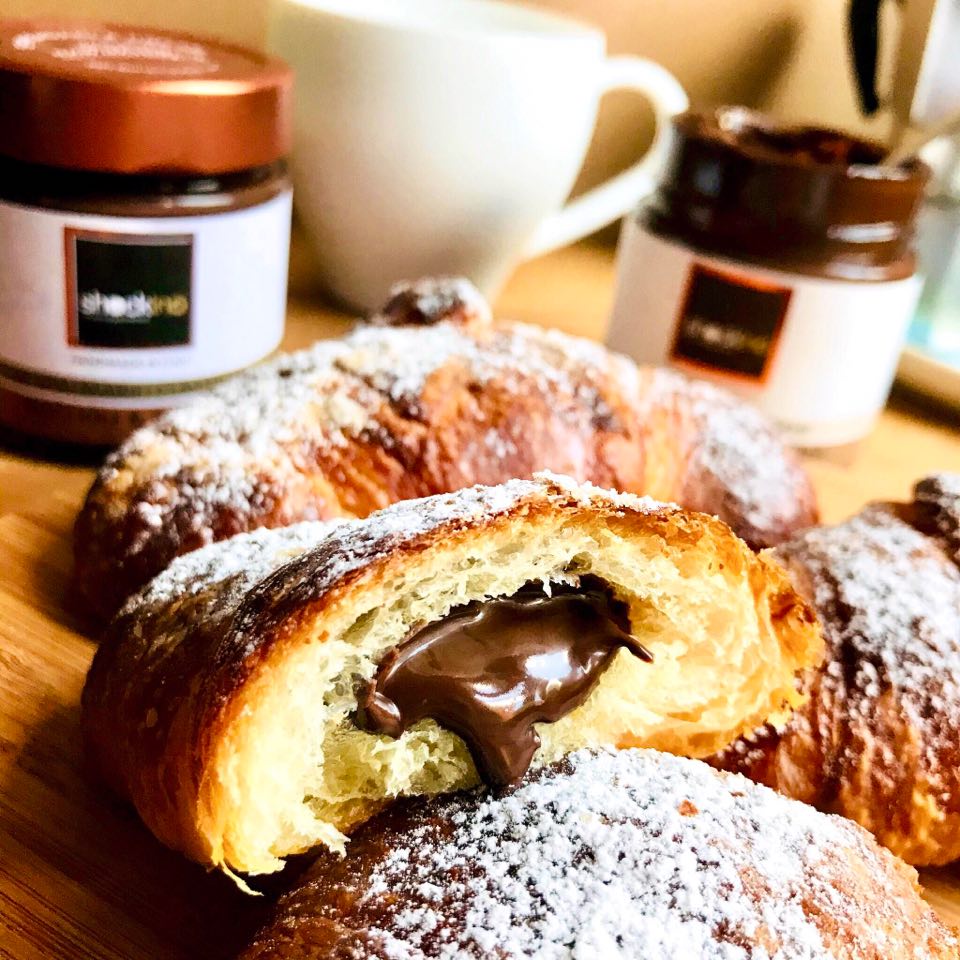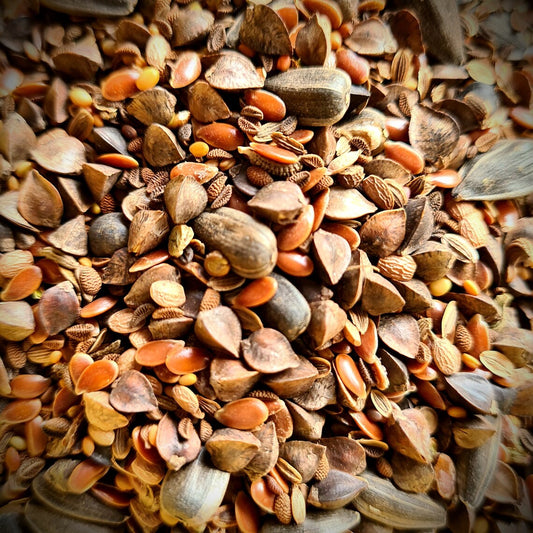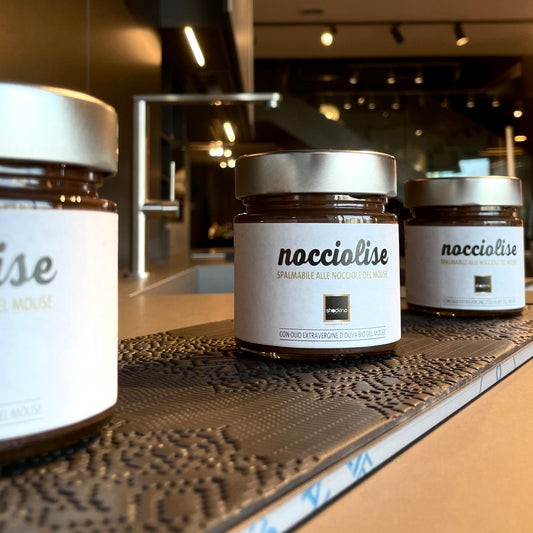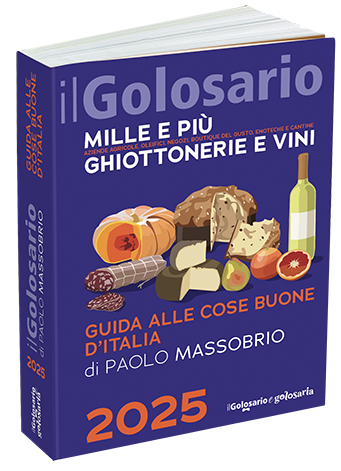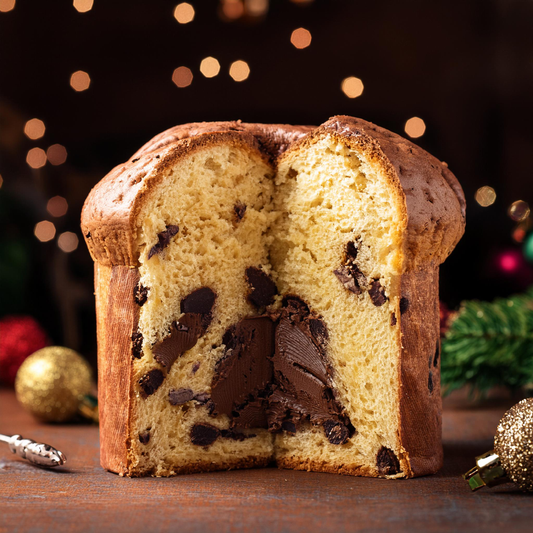Gianduia: in this article we discover the long history of this recipe and why today in Italy (and in the world) it is synonymous with chocolate.
Gianduia is a type of chocolate that has been with us since early childhood. Raise your hand if you remember a tray full of chocolates wrapped in a sparkling golden wrapper. Everyone!
In this short article we try to tell the main aspects of the all-Italian recipe for Gianduja hazelnut chocolate and its importance in the confectionery tradition of our country.
Historical scenario: Turin, capital of chocolate.
The history of the relationship between Turin and chocolate comes directly from America: Emanuele Filiberto, Duke of Savoy, after having been in the service of Charles V and Philip II, returned from Madrid to Chambery in 1557 and, three years later, moved in Turin the capital of his state. Together with the Savoy court, a novelty recently arrived from America arrived on this side of the Alps: chocolate, at the time still consumed in liquid form. The first machine for the production of solid chocolate arrived only in 1828.
The partnership between the Piedmontese city and chocolate took little time to consolidate and, in just under a century, Turin became one of the most important centers of chocolate production, capable of exporting to half of Europe and welcoming pastry chefs from all neighboring nations to learn the art of chocolate making.
Gianduja, a long and debated story.
At the basis of the birth of this recipe we find Napoleon, emperor of France and the French. In fact, in the mid-1800s an economic blockade on some products of Britain and its colonies had made it difficult to find one of the undisputed protagonists of the discoveries and market of the beginning of the century: cocoa. Not to mention that sugar was also on Napoleon's blockade list. In short, a desperate situation!
Because of this, European pastry making found itself in great difficulty. Especially in Italy, the great creativity and resources of the territory gave a new inspiration. In fact, in Turin i pastry chefs created a cheaper cream made from a mixture of round gentle hazelnuts from the Langhe, then combining milk and the little cocoa available. Due to this continental blockade, gianduia pasta was born Michele Prochet (5 March 1839 - 24 May 1904) in 1852.
This might seem like a simple epilogue, but it really isn't. In fact, Michele Prochet was just over 12 years old at the time, and there are two different Michele Prochets in the dynasty. Although this may not seem impossible given the working dynamics of the past. There are also different temporal sequences to take into consideration: in reality, initially the mixture was only hazelnuts (in pieces) and cocoa (a little). From the end of the Napoleonic blockade (1814) about 40 years passed before refining this first recipe into the soft and pliable dough that we more or less recognize today. Furthermore, in Turin, another pastry shop, Caffaril, had become the reference point for lovers of the "exotic" product. In 1845 Isidore Caffaril (1817 - 1867) entered into a partnership with Michele Prochet (son?) and was born: Caffaril-Prochet. Here too there is a small mystery: some sources cite 1879 as the date of the merger but it was carried out by Pier Paul Caffaril.
The last piece, the discovery of a new document which seems to attribute the recipe for a nineteenth-century Italian-style "surrogate", published in the "Theoretical-practical plan for national chocolate substitution", written in 1813 by Antonio Bazzarini, originally from Rovinj (Istria !)
What is certainly certain is that the new chocolate created was offered in the form of a chocolate on the occasion of Carnival of 1865 (other sources speak of 1867) in the midst of the Risorgimento, immediately achieving unprecedented success. In fact, the idea of the new recipe also suggested the birth of a new product: Giandujotto. Also mix with milk and cocoa, the toasted hazelnuts gave life to a ductile, malleable and easily workable paste. The taste is still unmatched today.
Attention, it doesn't end here!
Some almanacs also cite another company at the beginning of the century as the holder of the historical production of Gianduiotto. Talmone, at the time in via Balbis, not far from the (temporary) headquarters of Caffaril Prochet in via (area) San Donato, obviously in Turin. Furthermore, Caffaril Prochet itself marketed a first version of the same gianduiotto under the name Givo (cicca in dialect). Gianduja (the recipe) and Giandujotto (the product) are therefore linked by a constant evolution of the technique and great mastery in processing by the pastry chefs and chocolatiers.
A traditional Italian mask: the Gianduja
The correspondence of the name is easy to say: Gianduja is the name of a popular Turin mask of Asti origins from the Commedia dell'Arte. This occasion led to bringing together under one name what are today two symbols of Piedmont tradition.
The Gianduja is the mask of Piedmont , typical of the carnival tradition, Gianduja was born towards the end of the 18th century and has Piedmontese origins. To be more precise, it originates in a town in the Asti area, Callianetto. In the 1865/1967 carnival, chocolates were distributed by the mask Gianduja.
For further information we recommend the publication: Gianduiotto Mania , by Clara and Gigi Padovani (Giunti 2007)
Gianduja hazelnut chocolate
To use the name "gianduja" or "gianduja hazelnut chocolate", a product sold in the European Union must be obtained from chocolate composed of at least 32% dry cocoa matter (of which at least 8% defatted dry cocoa ) and contain 20-40% ground hazelnuts. May contain almonds, hazelnuts and walnuts, whole or in pieces, but not more than 60% of the weight of the product (including ground hazelnuts).
Gianduja hazelnut spreadable creams
We had to wait until 1946 to meet the ancestor of today's creams, the Piedmontese pastry chef Pietro Ferrero , who worked on the original recipe for hazelnut and cocoa paste, improving it and adapting it to what he had at his disposal at that time, which was once again difficult for international trade. Initially solid and to be sliced it became (to be honest) spreadable and added a new element to the tradition and creativity of Italian chocolate making.
Gianduja hazelnut spread cream in Molise
Although the tradition of Gianduja hazelnut chocolate has a clear genesis in Piedmont, today we can consider this recipe as a heritage of Italian culinary culture. In our laboratory in Ferrazzano , just outside Campobasso in Molise, we produce various artisanal spreadable creams based on our recipes. Among these our Gianduja spreadable cream certainly stands out. ( click here to buy it online )

The union of Piedmont hazelnuts (38%), cocoa and milk give rise to a velvety and delicious cream. It is therefore a real homage to the tradition and culture of 100% artisanal Italian pastry making. Recently awarded at the WineHunter Award 2023 ( we talked about it here ), Shockino's Gianduja hazelnut spread is always available on our online shop and in the stores that have chosen our products. Strictly palm oil-free , gluten-free and with a low percentage of sugar, it is a product that, if taken in moderation, can represent a food for daily use.
Conclusions: importance of Gianduja hazelnut cream
Without the invention of the Gianduja recipe today we would not have one of the most appreciated Italian products in the world. Its recipe is the result of the union of authentic and genuine products. If made with the right percentages of sugar it is a daily food, perfect from breakfast to after dinner. From 1865 to today a tradition that unites Piedmont and Molise also thanks to Shockino .

